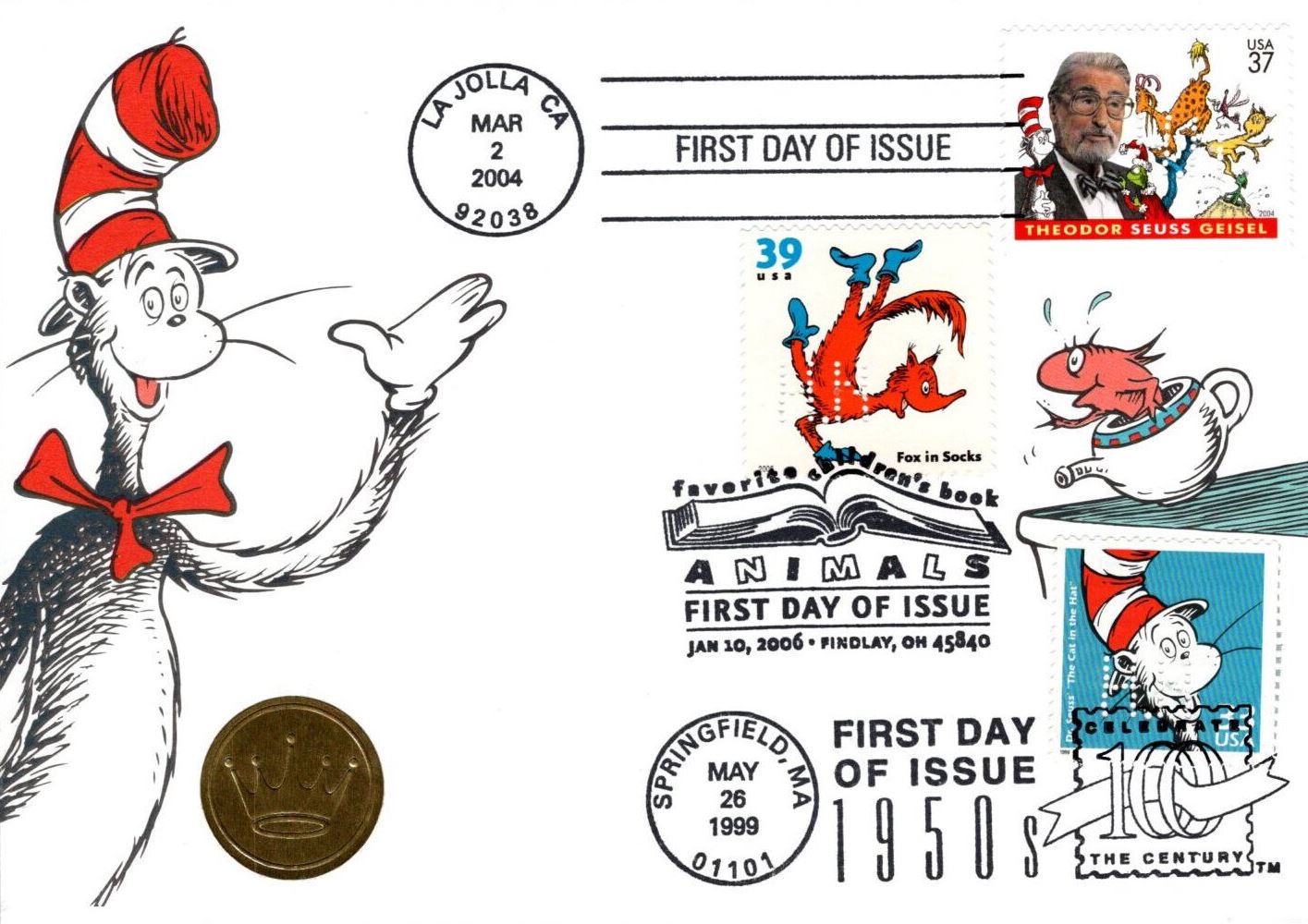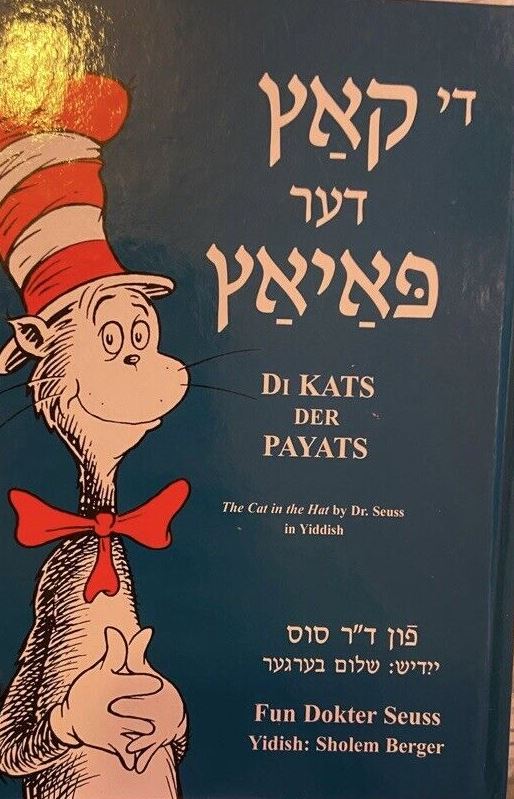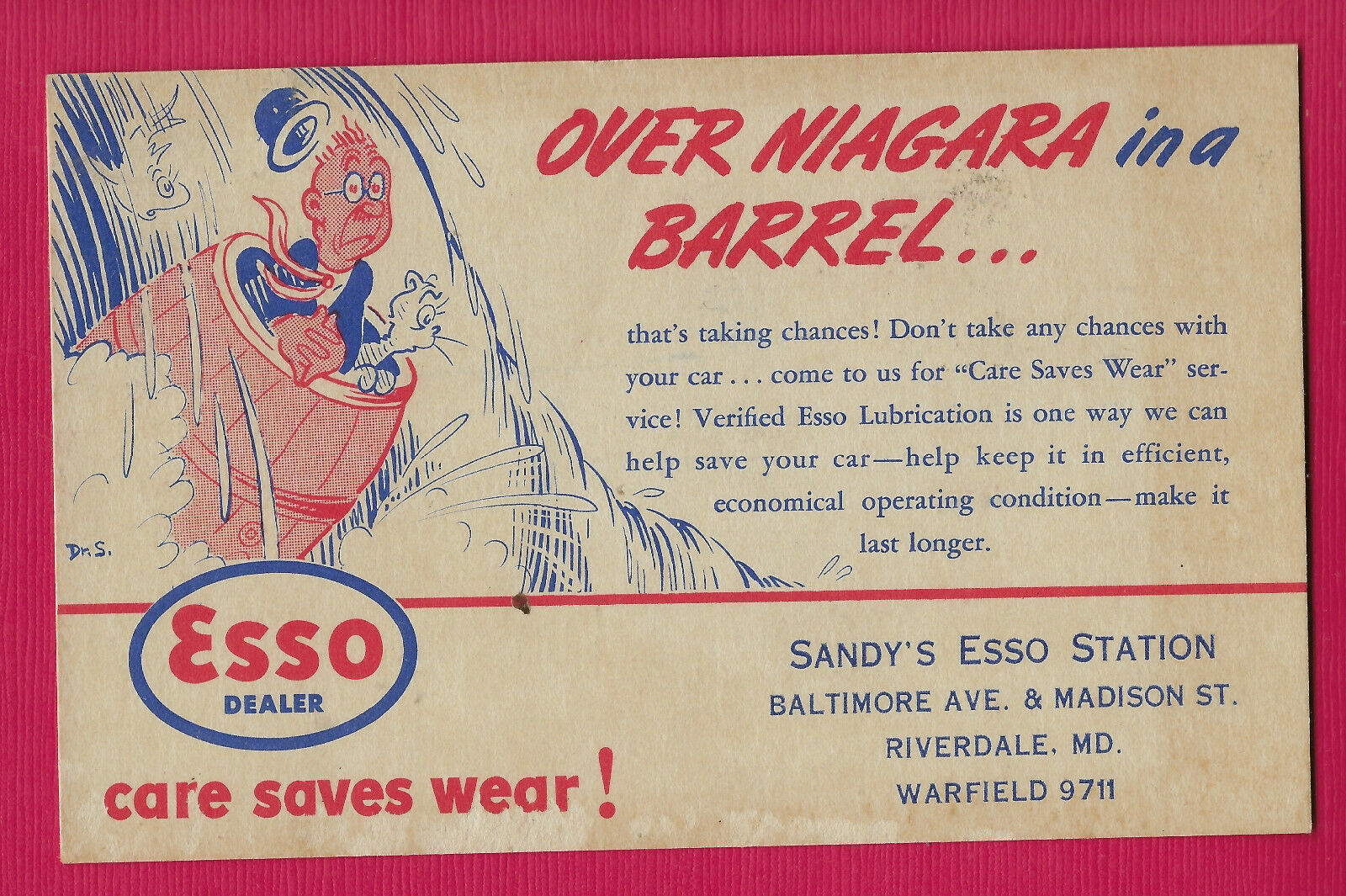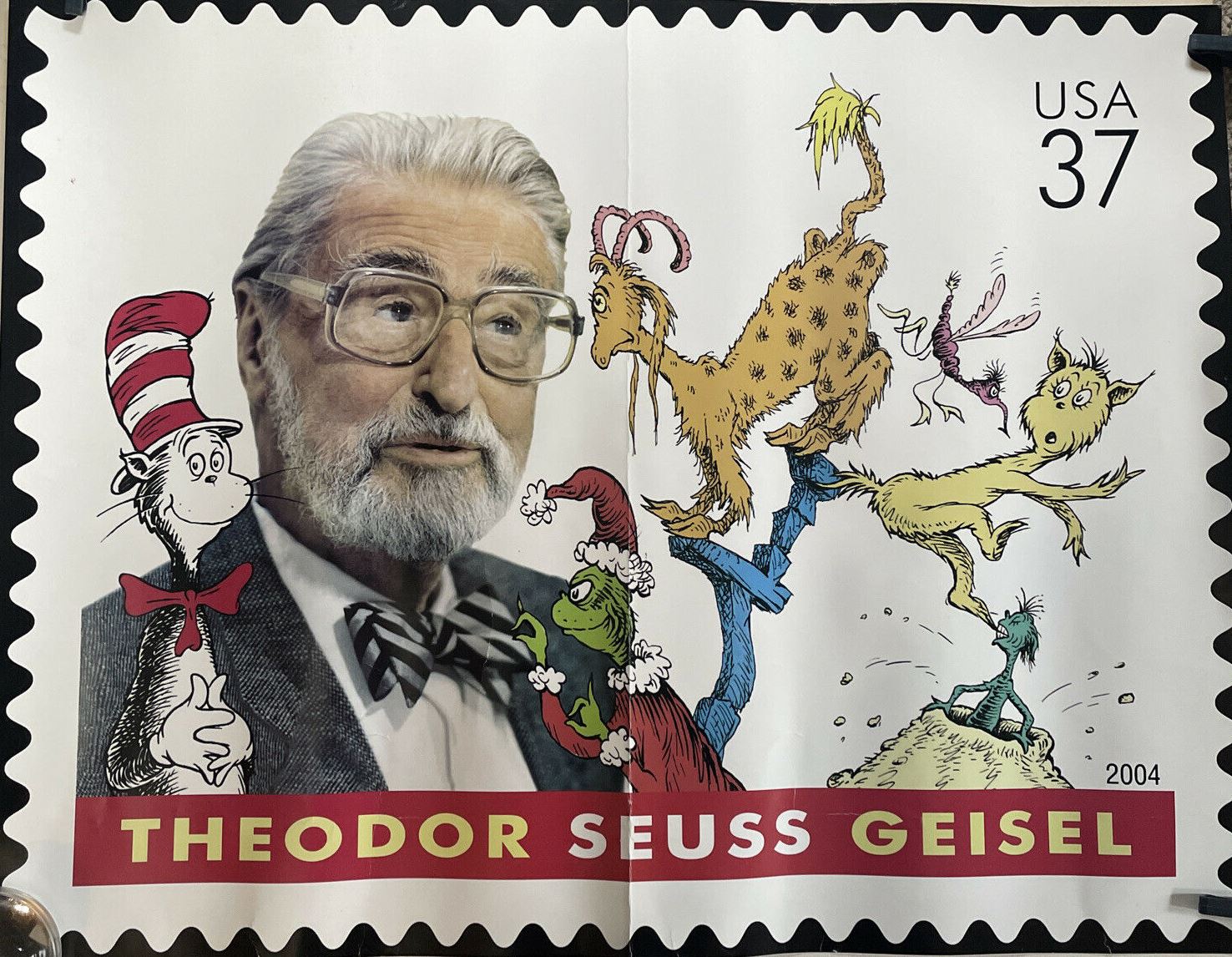Dr. Seuss

Before he became famous for The Cat in the Hat and Green Eggs and Ham, Theodor Seuss Geisel—better known as Dr. Seuss—used his artistic talent to protest fascism. During World War II, Seuss created hundreds of political cartoons for New York’s PM newspaper, fiercely criticizing Adolf Hitler, American isolationists, and homegrown anti-Jewish sentiment. His satire pulled no punches, calling out figures like Charles Lindbergh and organizations like “America First,” for their anti-Jewish and pro-Nazi leanings. While these cartoons are often overlooked in his legacy, they show Seuss as an upstander whose work rallied opposition against the fascist sympathies that had spread across Europe and the United States.
After the war, he turned to children's books, writing countless titles that promote empathy, fairness, and imagination. Today, Dr. Seuss is remembered not only as a beloved children’s author but also as an iconic Jewish-American artist who used humor and art to fight hate and ignorance.






